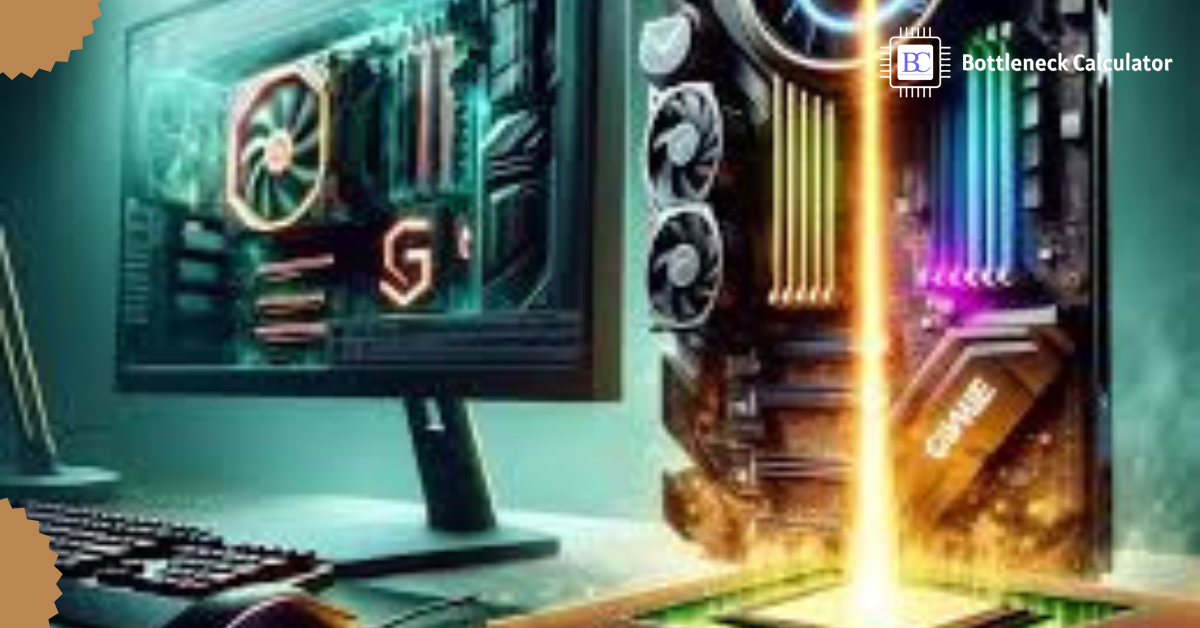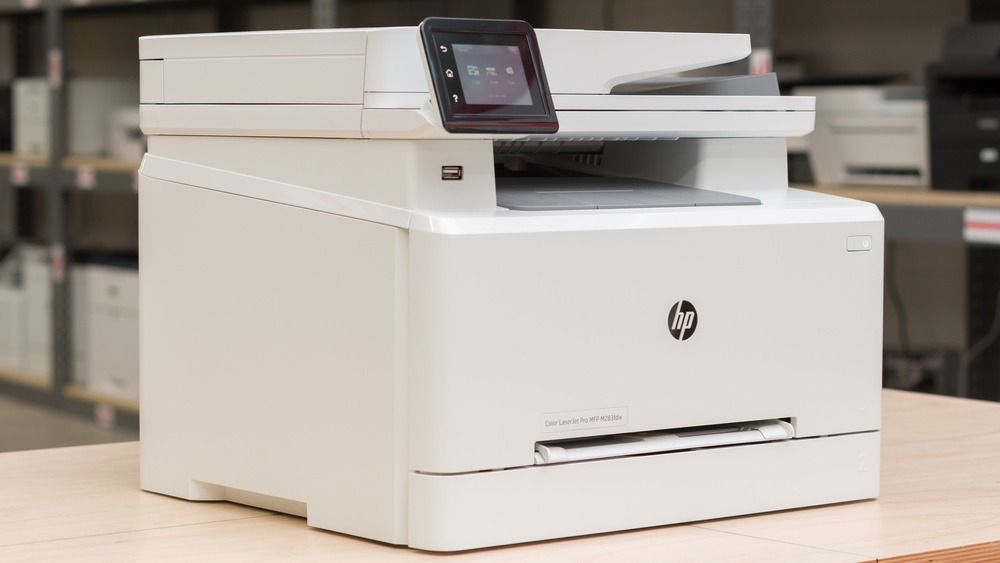A bottleneck calculator is a powerful tool used by gamers, content creators, and everyday computer users to diagnose performance issues by identifying which component of a system is holding back the overall potential of the computer. By analyzing how various hardware components interact, bottleneck calculator provide insights into whether the CPU, GPU, or other elements are causing slowdowns or underutilization of other parts.
However, several factors influence the accuracy and relevance of bottleneck calculator results. Understanding these factors is crucial for getting the most out of this tool and making informed decisions regarding hardware upgrades or adjustments. In this blog, we will explore the key factors that affect the results of bottleneck calculators and how they can impact the performance of your computer.
1. CPU and GPU Compatibility
The central processing unit (CPU) and graphics processing unit (GPU) are two of the most important components in any computer, and the relationship between them is a significant factor in bottleneck calculations. The CPU is responsible for general tasks and computations, while the GPU handles rendering images, animations, and video. A mismatch between the power of these two components can lead to a bottleneck.
- CPU-bound bottlenecks: This occurs when the CPU is too weak to keep up with the GPU, causing the system to slow down. The CPU is responsible for tasks like AI calculations, physics simulations, and managing game logic. If the CPU can’t process these tasks quickly enough, the GPU must wait, resulting in lower frame rates and reduced performance.
- GPU-bound bottlenecks: In contrast, a GPU bottleneck occurs when the GPU is underpowered compared to the CPU. This means the CPU processes tasks faster than the GPU can render graphics, leading to lower graphical performance, even though the CPU is not fully utilized.
To avoid these mismatches, bottleneck calculators assess the specifications of both components, but the specific balance needed depends on the type of applications you are running.
2. Resolution and Graphics Settings
The resolution and graphics settings at which you run applications or games are critical factors in determining bottleneck severity. Bottleneck calculators often ask for this information to provide more accurate results.
- Lower Resolutions (1080p or below): At lower resolutions, games rely more on the CPU because the workload on the GPU is lighter. This means that CPU bottlenecks are more common when playing at 1080p. If the CPU can’t process game data fast enough, the GPU won’t be fully utilized, leading to performance issues.
- Higher Resolutions (1440p, 4K): At higher resolutions, the GPU takes on a larger share of the workload since rendering at 4K or even 1440p requires more graphical power. In these cases, the GPU is more likely to be the bottleneck, and users may experience frame rate drops or stuttering if the GPU can’t handle the demands of higher resolutions.
Similarly, the graphics settings (e.g., low, medium, high, ultra) also play a role. High-end graphical settings require more from the GPU, which can shift the bottleneck from the CPU to the GPU depending on the intensity of the settings.
3. Workload Type
Different applications place varying levels of strain on different components, and bottleneck calculators consider these variations when providing results. Understanding how specific workloads affect your hardware is essential for interpreting the bottleneck calculator’s output.
- Gaming: Games, especially AAA titles, tend to rely heavily on both the CPU and GPU. The CPU is responsible for tasks like managing AI, physics, and other in-game computations, while the GPU handles rendering. Bottleneck calculators for gaming focus on how well the CPU and GPU balance each other for smooth gameplay at specific resolutions and settings.
- Content Creation: Tasks like video editing, 3D rendering, and graphic design are often more demanding on the CPU and RAM than gaming. In these scenarios, a bottleneck may arise if the CPU or memory is not powerful enough to handle the intensive calculations required by the software.
- Multitasking: If you’re running multiple applications simultaneously, the CPU, RAM, and storage speed become the limiting factors. Bottleneck calculators also take into account multitasking scenarios to suggest upgrades or changes that could improve overall system performance.
4. RAM Capacity and Speed
Random Access Memory (RAM) plays a significant role in system performance, and its interaction with the CPU and GPU is another critical factor in bottleneck calculations. Insufficient RAM can create a bottleneck that affects the entire system.
- Capacity: If your system doesn’t have enough RAM, the CPU will frequently access the slower storage drive (HDD or SSD), leading to slower overall performance. Bottleneck calculators assess whether your system’s RAM capacity is sufficient for the tasks you’re performing, especially when running memory-intensive applications like gaming or video editing.
- Speed: RAM speed, measured in MHz, also affects system performance. Faster RAM allows for quicker data access, helping the CPU handle tasks more efficiently. If your RAM speed is too low, the bottleneck calculator may suggest upgrading to faster RAM to eliminate memory-related slowdowns.
5. Storage Type and Speed
The type and speed of your storage solution also affect pc bottleneck calculator. The difference between using a traditional hard drive (HDD) and a solid-state drive (SSD) is substantial, especially when it comes to tasks that require fast data retrieval, such as booting the system or loading large files in applications.
- HDD vs. SSD: If you’re using an HDD, the slower read/write speeds can create a bottleneck that impacts overall system responsiveness. A bottleneck calculator can highlight whether upgrading to an SSD would significantly improve performance.
- NVMe SSD: For high-performance systems, especially those used for gaming or content creation, bottleneck calculators may assess whether upgrading to an NVMe SSD, which offers even faster speeds than standard SSDs, would eliminate storage bottlenecks.
6. Thermal Throttling and Cooling Solutions
Thermal throttling occurs when components, especially the CPU or GPU, overheat and reduce their performance to prevent damage. Bottleneck calculators often assume optimal operating conditions, but if your system suffers from inadequate cooling, this could skew the results.
- Cooling Solutions: Adequate cooling is essential for maintaining peak performance. If your CPU or GPU overheats, even a powerful setup could experience slowdowns. Ensuring your system has proper airflow or liquid cooling can help prevent thermal throttling and ensure the bottleneck calculator provides accurate results.
- Overclocking: Some users may overclock their CPU or GPU to squeeze extra performance out of their hardware. Bottleneck calculators might not factor in overclocking, so it’s important to consider how overclocked components may perform compared to stock settings.
7. Power Supply (PSU) Capacity
An often-overlooked factor in bottleneck analysis is the power supply. A weak or underpowered PSU can result in inconsistent performance or even system instability. While bottleneck calculators focus primarily on the CPU and GPU, it’s essential to ensure that your PSU can deliver sufficient power to all components. If your system is underpowered, even top-tier hardware can fail to perform at its peak.
Conclusion
The accuracy of a bottleneck calculator depends on a range of factors, including the balance between the CPU and GPU, the resolution and settings you’re using, the type of workload you run, and the capacity and speed of your RAM and storage. Additionally, cooling solutions and power supply can also affect performance.
By understanding how these factors influence bottleneck results, you can make better decisions about hardware upgrades and system optimizations. Whether you’re a gamer trying to maximize frame rates or a professional looking for faster render times, a bottleneck calculator can help—but only if you consider all the variables that affect system performance.









